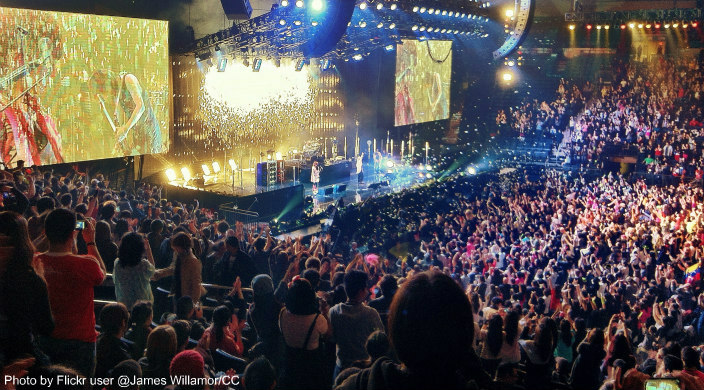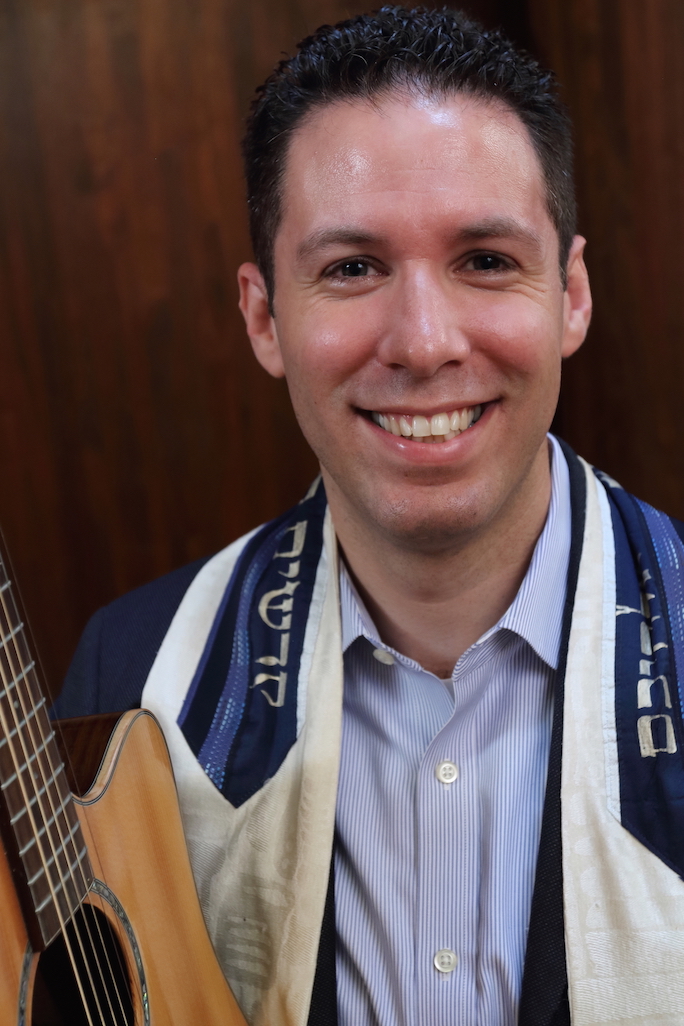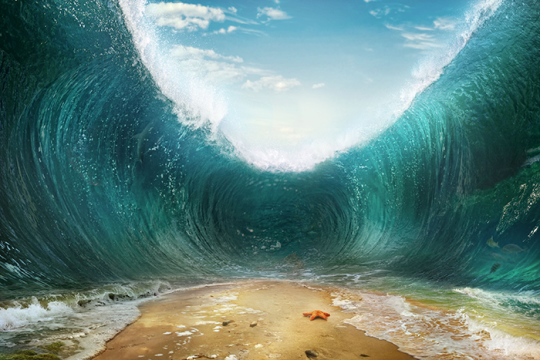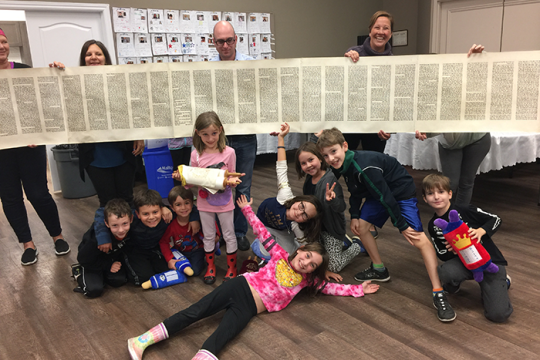
It was July 2009 when I saw the face of God at Madison Square Garden. I wasn’t expecting a transcendent experience when I bought the tickets, and I definitely didn’t know that evening would inspire an album that would take eight years to realize. I can think of a few truly memorable worship experiences in my life, but the one that always stands out is seeing Green Day at the Garden.
I was a late-comer to Green Day fandom, despite listening to plenty of alternative rock and metal in my youth. When American Idiot came out in 2005, I was officially obsessed. In 2009, when I heard they were coming to New York (where I lived at the time), I jumped at the chance to get tickets.
Madison Square Garden seats just under 21,000 people. The place was packed and, like me, everyone knew the words to all of the songs. It was when they busted into “Holiday” that I noticed we were in the middle of a tent revival.
Imagine: 21,000 people overjoyed by the music. Buzzing with energy. We knew every song word for word and note for note. Intensely focused on the band, we felt an ecstatic uplift, together in song and protest. It was a religious experience, a unification of friends and strangers into an intense moment of connection, music, and message. The message was explicit in the song, a protest against the early Bush years and the jingoistic propaganda and policy of that era. In their own punk-inspired way, Green Day – and in particular lead singer Billie Joe Armstrong – built this community experience with the audience.
His sermon came in the intro to the very next song, “The Static Age,” a fiery commentary on the constant barrage of ads, shows, messages, and emails that we receive every day. It’s a message that any rabbi or cantor would deliver on the bimah (pulpit):
“This is our night, right now. Do you get sick lookin’ at life through a computer screen? Do you get sick lookin’ at life through a television set? You can’t look at life like this. [Mimics holding a phone in front of his face] Put ‘em away. This is in our minds, this is our memory right now. See it. Be it together. Let me know you’re alive! Be alive! Be alive!”
Billie Joe begged us for our thoughtful awareness, creating a sense of immediacy and intimacy even among a massive group of people and across a huge distance. He was telling us that we have to make a conscious choice to be present in the moment, to experience the joy and connection and music and message together.
He was asking for the same thing rabbis and cantors aim for each and every Friday night when leading services.
That concert remains one of the most moving worship experiences of my life. Upbeat, ecstatic music, joined with a community fully engaged, singing and screaming our hearts out. If Green Day’s loud, hard-charging pop punk doesn’t speak to you, it’s easy for the sense of spirituality to be lost in the volume. But the hard-rock aesthetic expresses certain emotions especially well – fear, ecstasy, terror, anger – all of which are found in our traditional prayers.
Our liturgy is more than just sweet platitudes of praise and timid words of request; our petitions sometimes come from pain and anger. When we see people we love stricken by illness or unexpected death, we become filled with a sense of injustice and helplessness. When we narrowly dodge a car accident or find a child who went missing for a few moments at the mall, we feel immense gratitude tinged with the breathless terror at how small and fragile we are.
All of these ideas came together as I was writing the music for In Pursuit, my new album of Jewish hard rock. I went looking for another way into some of our familiar Friday night prayers and other sacred texts, a way to express the text in a musical “language” that I have spoken for most of my life.
I looked at Hashkiveinu, the prayer that asks God for protection while we sleep, and asked: What do we do with that middle section that lists all the things we’re most terrified of? I listened to a dozen peaceful settings of “Shalom Rav” and wondered: How do we communicate the urgent need and struggle for peace? I wanted In Pursuit to bring a new approach to these texts and to offer up another doorway into an honest, prayerful moment – whether it’s in a synagogue, a venue, or a bar.
And more than anything else, I just wanted the music to rock.




